The present and future of unmanned aircraft. 3 part final
We must pay tribute to the Italians, even their UAVs should look beautiful. Having made significant progress with its UN-flagged unit in Africa, Selex ES wants to further improve the capabilities of its drone Falco, installing on it, among other things, a turbodiesel engine
600 kg or more
In terms of the Pentagon, the Group IV category includes vehicles with a total mass of more than 600 kg, but intended for flights at altitudes less than 5500 meters. A prime example of the system in this group is the General Atomics Q-1 Predator-A UAV, which originated from the 520-kg Gnat 750 apparatus developed for the CIA and soared in the 1989 year.
The leader in this series in terms of the number of units produced is still the UAV RQ / MQ-1 Predator UAV with a Rotax 914F piston engine with a power of 86 kW, having a mass of 1020 kg. The RQ-1 UAV made its first flight in the 1994 year, and entered service and began performing combat missions in the 1999 year, when nine vehicles (95-3013 / 3021 numbers) were deployed in Hungary for flights over Bosnia and Kosovo. Six of them were lost.
The 268 was the last Predator-A for the United States Air Force (MQ-1B) and was delivered in March 2011. It is known that 116 units became participants in class A incidents from 1996 to 2014, including the 102 device written off after this. The current US Air Force fleet has an 164 unit on its balance sheet. A small amount of Predator-A is exploited by Italy, Morocco and Turkey. Unarmed UAV Predator XP is able to stay in the air 40 hours.
The newest option in the Q-1 series from General Atomics is the 1633-kg drone MQ-1C Gray Eagle (the American name prevails over the original Gray Eagle) of the American army, which replaced the NorthQ Grumman's 725-kg MN-5B Hunter.
Compared to the MQ-1B, the MQ-1C version received a Thielert Centurion diesel engine and automatic take-off and landing system (Atls), a Northrop Grumman radar ZPY-1 STARLite with ground motion selection, a repeater, a tactical data transmission channel and an increased payload.
The MQ-1C UAVs were deployed in Iraq in August 2009 and in Afghanistan in April 2012. The Pentagon’s budget request for 2016 included $ 383 million for 17 MQ-1C drones after 19 pieces were requested in 2015 and 23 pieces in 2014. The U.S. Army initially planned to have 128 MQ-1C UAVs plus 21 in reserve and 7 for flight training, but judging by later reports, the total number of these systems will be increased to 164 units with the last delivery scheduled for 2022. 160th aviation Special Operations Regiment receives 24 MQ-1C units.
The first flight of an improved version of the Gray Eagle weighing 1900 kg took place in July 2013. On the drone, the Lycoming DEL-120 engine with 153 kW of improved efficiency was installed instead of Centurion 1.7 with 123 kW capacity; however, the flight duration should increase from 23 to 50 hours. The device has already demonstrated the ability to stay in the air 45,3 hours.
The closest analogue of the RQ-1 is the Heron I (Shoval) UAV weighing 1250 kg from the company Israel Aerospace Industries, which first took to the air in 1994 with the Rotax 924 engine of 86 kW. UAV Heron demonstrated the duration of the flight 52 hours. He is currently in service with (among other countries) Australia, Azerbaijan, Canada, Ecuador, France, Germany, India, Israel, Singapore and Turkey, and police officers from Brazil and Mexico. Among the more than 20 operators, the largest are the Indian Air Force, which is armed with approximately 50 units. In December 2014, South Korea also selected the Heron I. UAV.
The newest vehicle in this IAI range is the Super Heron HF (Heavy Fuel) 1450-kg with Fiat's Dieseljet engine installed with Fiat's 149 kW, which has a flight duration of 45 hours. It was shown in Singapore at the start of 2014, with a stabilized Mosp 3000-HD optoelectronic station from IAI, synthetic aperture radar IAI / Elta EL / M-2055D Sar / Gmti and a radio intelligence kit.
The Hermes 900 (Kochav) UAV from Elbit Systems weighing 1180 kg first took to the air in December 2009. Hermes 900 in 2012 was selected by the Israeli Air Force and Switzerland (heavy-fuel engine version) in the 2014 year. It is also exploited by Brazil, Chile, Colombia and Mexico. Hermes 900 entered service with Israel during the Protective Edge operation in Gaza in July 2014.
In this category, one more Israeli Falcon Eye UAV from Innocon weighing 800 kg can be noted, which is based on a manned aircraft.
China has made several attempts to replicate the success of Predator-A and Heron I, including Wing Loong 1100-kg (Pterodactyl), X-NUMX-kg CH-1330B from Casc and its derivative Sky Saker from Norinco and 4-kg BZK-1200 from Harbin. Iran also did not conceal its developments in this category, among them Shahed (witness) from Qods Aeronautics Industries (QAI) and the larger Fotros from Iran Aerospace Industries Organization (IAIO), each has pylons for hanging arms.
Falco Evo (Evo short for Evoluzione) is significantly heavier (650 kg, therefore, the Croup IV category) development of the previous model with a wingspan increased from 7,2 to 12,5 meter. First took off in 2010 year
Adcom Systems from the United Arab Emirates also developed the United 40 Block 5 1500 kg twin-engine UAV, first introduced in the 2013 year.
The company Turkish Aerospace Industries (TAI) first flew its Anka UAV with 1600 kg mass in December 2010. Then two vehicles were manufactured under the designation Anka block A, and their tests showed the need for a more functional version of Anka block B. A Turkish TAI representative said that the Ministry of Defense had ordered ten Block B devices on which various new equipment would be tested, including satellite communications ( a hint of control of the device out of direct visibility), and a refined optoelectronic station in the nose (in order to maximize its ease and install high-resolution cameras, etc.), but said nothing about armed ohm option. Since the Anka B UAV will need a new engine due to the fact that the problematic company Thielert has passed into Chinese hands (Avic), there are options for installing a more powerful engine from another manufacturer and thereby increased the chances of the appearance of an armed version. The first flight of Anka B was to take place in January 2015, but in the photo dedicated to this event we see the previous version of Block A. It is not yet clear whether this is fully functional version B.
The main European project in this category is the Patroller 1050 kg mass from Sagem, based on the Stemme S-15 motor glider. UAV Patroller has an automatic landing and landing system and can stay in the air for 20 hours. It is offered for both military and civilian use.
Denel's Snyper UAV was shown at IDEX 2015. In fact, it is the Seeker 400, modified for the launch of air-to-surface missiles (in the photo is a pair of Impi-S missiles). System testing is underway and full readiness is scheduled for 2016 year
Textron Aerosonde 4.7G drone is small in size and is able to take off from relatively limited sites. It has a long flight time, the range of the 80 communication channel is miles, it is also suitable for combating sea piracy, especially when equipped with automatic detection software to identify problem areas arising against interference from the sea surface
From 25 to 600 kilograms
This is the most numerous category (according to the classification of the Pentagon Group II), therefore, we mention here only a few devices.
The relative newcomer in this group is the Karayel BLA with 500 kg mass, developed by the Turkish company Vestel Savunma; it has a flight time of 20 hours with 70-kg load. Under the 2011 contract, Vestel produced a batch of six UAVs for the Turkish Ministry of Defense.
One of the leaders in this group is the IAI Searcher series, which (along with Pioneer from IAI / AAI) replaced Scout from IAI and Mastiff from IMI, the first Israeli reconnaissance UAV projects that entered service back in 1979 year.
Currently, in its third modification, known as the Searcher Mk III, the device with a Limbach engine of 35 kW has a flight duration of 18 hours. Searcher II, which entered service in the 2000 year, was used by 14 countries and is still in large numbers (minimum 100) in the service of India. It was manufactured under license by the Ural Civil Aviation Plant in Russia under the designation “Outpost”.
Here he is our Outpost
UAV operators weighing 450 kg from Elbit Systems Hermes 450 (Zik) are 11 countries, and it is assumed that it is used by Israel in an armed version. Hermes 450 became the basis for the Elbit Systems / Thales WK450 drone drone. At the same time, the parasol wing (located above the fuselage on the racks) was replaced by a high-wing wing and a Thales I-Master synthesized aperture radar with Gmti mode was added (selection of ground moving targets). The British army receives 54 such UAVs, of which 24 will go to the reserve. Four Watchkeeper drone vehicles were deployed in Afghanistan in August 2014 of the year, but full combat readiness is expected no earlier than 2017 of the year.
The Italian UAV weighing 490 kg Selex ES Falco, first flown in 2003 year, was developed only for the external market. The main buyer was Pakistan, which allegedly ordered Falco 25 machines in 2006 and obtained a license for their manufacture by the local company Pakistan Aeronautical Complex. In September 2013, a country in the Middle East, presumably Jordan or Saudi Arabia, placed an order worth 40 million euros for the Falco UAV. Turkmenistan bought three, and the UN bought five vehicles, initially to support its operations in the Democratic Republic of the Congo.
Other relatively heavy UAVs that require runways include the Yabhon-R weighing 570 kg and the Yabhon-R2 weighing 650 kg manufactured by Emirates company Adcom Systems. The Pakistani company Global Industrial and Defense Solutions produces the Shahpar 480-kg, which is very similar to the Chinese CH-3 UAV from Cas with a 630 kg mass.
Sperwer from Sagem weighing 250 kg belongs to a significantly lighter category; This is one of the few successful European UAV programs with a total production of 150 units. Although several countries have removed it from service, the Sperwer drone is still in use in France, Greece, the Netherlands and Sweden. In 2011, France ordered three more Sperwer drones with an option of five more.
Other UAVs in the same weight category include Chinese CH-92 BLA 300 kg from CAAA, South Korean RQ-101 Night Intruder 300 290 kg from KAI and Russian Korsar 250 kg manufactured by Luch, which is part of the Vega concern . The Israeli drone Aerostar from Aeronautics weighing 220 kg was bought by 15 countries.
The RQ-7B Shadow 200 UAV manufactured by Textron Systems weighing 170 kg serves as a tactical UAV in the US Army and Marine Corps. Also, its operators are armies of Australia, Italy, Pakistan, Romania and Sweden. A Marine Corps, for example, has a need for RQ-7B to deliver high-precision light-to-air air-to-surface missiles. To this end, several types of new laser / GPS-guided missiles have been tested and among them is the Fury planning rocket from Textron Systems, which is based on the Thales 5 kg planning module FFLMM (FreeFall Lightweight Modular Missile).
FFLMM planning missiles under the wing of a Watchkeeper 450 drone
The US Army's RQ-7B UAV (fleet of unmanned 117) is currently being upgraded by Textron Systems to the standard Shadow Version 2 (V2) standard. This is a fully digital configuration, compatible with frequencies and encryption according to the algorithm of the US National Security Agency. Shadow V2 can carry a high-resolution optoelectronic complex. This UAV is deployed with a universal ground control station, which is also compatible with the Gray Eagle and Hunter army UAVs.
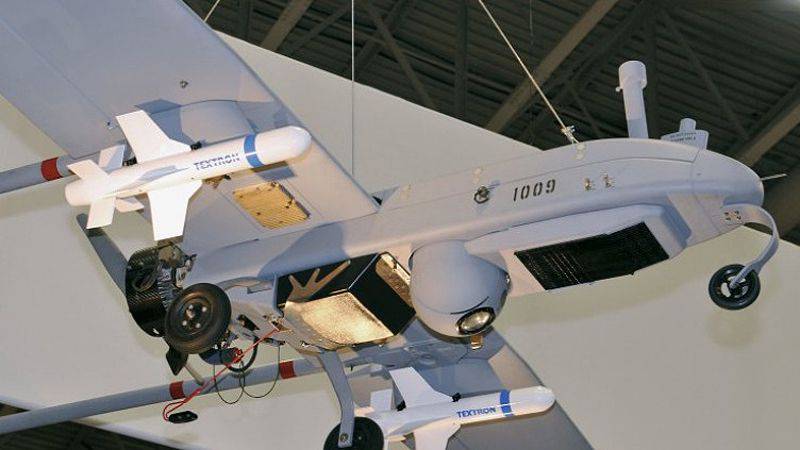
Shadow M2 from Textron Systems differs in the modified fuselage and underwing pylons for attaching weapons. Pictured drone with gliding laser / GPS guided missiles
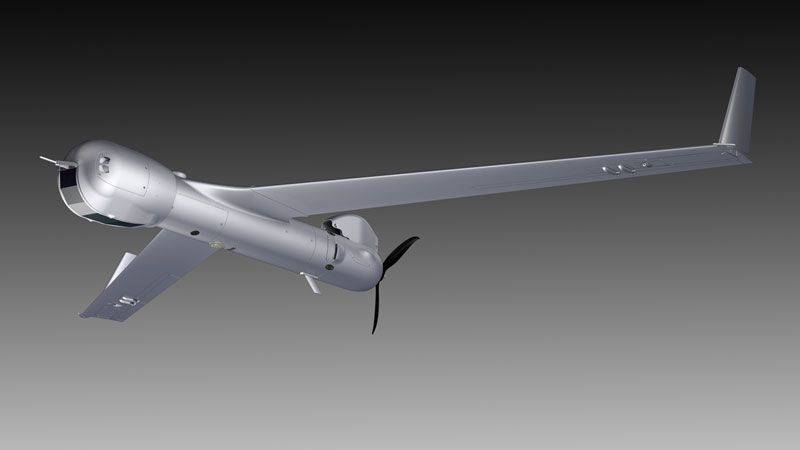
BLA ScanEagle 2 from Boeing / lnsitu companies weighing 23,5 kg has a diesel engine that generates electricity for various onboard equipment weighing up to 3,5 kg. Flight duration is 16 hours
Textron currently offers a version of the Shadow M2 with a Lycoming diesel engine rated at 48 kW, modified by the fuselage with two cargo compartments for equipment, greater cruising speed, increased flight duration, satellite communications for over-the-horizon operations, and attachments for underwing equipment, such as radio intelligence and RCS -intelligence.
Since we are talking about the company Textron, and, despite its small size, it is necessary to say about the new version of Aerosonde, which now has a special single-piston engine Lycoming EL-005 with horsepower 4, which runs on aviation kerosene of various brands Jet A, Jp5 or Jp8 and has a running time between overhauls 500 hours. Aerosonde drone can stay airborne for 14 hours. He, like the previous model, takes off with the help of a catapult and although, as a rule, it comes back due to being gripped by a net, it can land on the fuselage on the runway or on an acceptable flat surface, if hard rubber strips are attached to the bottom of the fuselage ( used to protect the doors of cars in the parking lot); Naturally, the Cloud Cap ball with the equipment in the nose is retracted inside the fuselage. This stabilized touch kit includes a camera with wide and narrow fields of view, as well as a medium-wave infrared camera. Aerosonde is also used as a platform for electronic reconnaissance thanks to a pallet with equipment installed under the fuselage as close as possible to the drone's center of gravity (this equipment is supplied by the state). At the end of the 2013, a new engine was introduced, which was installed around on the 100 drones. This UAV is operated by the command of special operations forces and the US Navy, where it performs its tasks with the participation of specialists from the company Textron.
To date, built around 400 UAV Aerosonde; the range of tasks of this system is now beyond the scope of purely military operations. One such system was sold to the Middle East to monitor the oil and gas infrastructure of one of the companies. Its operators were trained by Textron specialists and in the middle of 2014, they began to independently operate their system.
From Shadow M2 go to a system with a smaller mass. The RQ-21A Blackjack UAV (formerly Integrator) weighing 61 kg, developed by Insitu and Boeing, is a more functional modification of a smaller, but highly successful ScanEagle drone. Adopted by the US Army and Marine Corps under the designation Stuas (Small Tactical UAS - a small-sized tactical drone), this UAV is launched from a catapult and returned by the SkyHook system (or officially Stuas Recovery System).
The first RQ-21A system, consisting of five vehicles and two ground control stations, was deployed in Afghanistan in April 2014. The Marine Corps has a need for 32 systems, of which three were funded in the 2014 year and three in the 2015 year. Funding for four more systems was requested for 2016 year (84,9 million dollars). The US Navy has a need for 25 systems, of which three are funded in 2015. The Netherlands ordered five Blackjack systems and an unnamed Middle Eastern country six more.
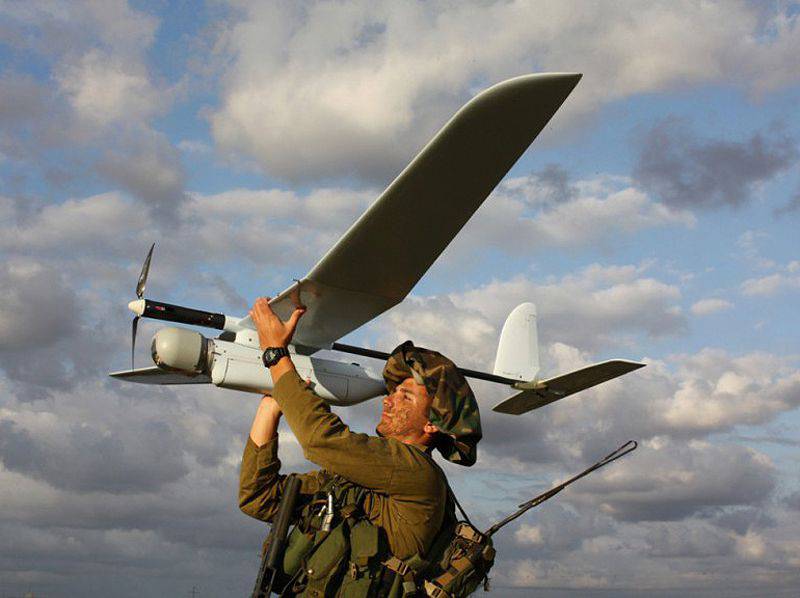
One of the most common reconnaissance UAVs of manual launch, the Skylark 1-LE from Elbit. It is in service with Israeli units of Sky Rider, exported to more than 20 countries
The most successful unmanned helicopter is the Camcopter S-100 from the Austrian company Schiebel; These systems have sold over 100 pieces. In the photo one of the two devices operating in Ukraine under the auspices of the OSCE
9 to 25 kilogram
One of the most noticeable in the Group II category is the ScanEagle 22 kg unit of Insitu and Boeing companies. It is a refinement of the previous SeaScan model, which was designed to provide commercial fisheries. Thanks to its pneumatic catapult “SuperWedge” and the innovative return system “Skyhook” with differential GPS for precise capture, the ScanEagle drone is independent of runways.
ScanEagle entered service with the US Navy in 2005 and is currently operated by 15 countries. In October, Insitu introduced the ScanEagle 2014 with a diesel engine and a number of improvements, although the flight duration was reduced from 2 to 20 hours. Iranian Aviation Industries Organization (IAIO) Iranian company manufactures ScanEagle UAV copied using reverse engineering UAV under the name Yasir.
Other UAVs in this category include the Chinese 18-kg CH-803 from CAAA, the Israeli 20-kg Orbiter-III from Aeronautics and the 24-kg ThunderB from BlueBird Aero Systems, and the Russian 18-kg Orlan-10 produced by the Vega concern.
UAV Orlan-10
Less than 9 kilogram
The Group I category, according to the Pentagon’s classification, includes UAVs weighing less than 9 kg, mostly manual start-up and battery-powered. In this category, AeroVironment plays its first violin with its 1,9-kg RQ-11 Raven, 5,9-kg RQ-20A Puma AE and 6,53-kg RQ-12A Wasp III, although the Israeli UAVs are not far behind.
The Puma drone is currently used only by Americans, and the Wasp series UAV is also used in the Australian and French armies and in the Swedish armed forces. Raven's UAV operators are 23 countries.
The main alternative to the aforementioned UAVs is Skylark I-LE from Elbit Systems weighing 7,5 kg, which is the standard level battalion of the Israeli army (armed with Sky Arider units of the artillery corps), and which was delivered to more than 20 countries. In the 2008 year, according to the results of the competition with the participation of 10 different models of UAVs, he was chosen by French special forces. This UAV performed tasks in Afghanistan and Iraq.
Russian light UAVs in this category include 421-04M Swallows with a mass of 4,5-kg and 421-16E with a mass of 10-kg manufactured by Zala Aero, which are in Russian arsenal. Kalashnikov Concern recently acquired 51% of Zala Aero shares. The Ministry of Defense is the operator of X-NUMX-kg Eleron-5,3CB from Enix, and the Irkut-3 UAV with 10-kg mass is operated by Kazakhstan and is manufactured under license in Belarus.
BLA 421-16E
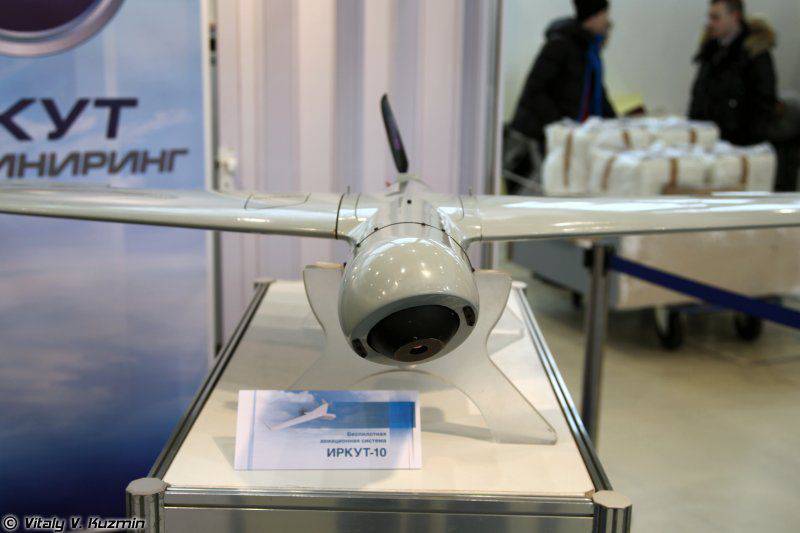
BLA Irkut-10
PD-100 Personal Reconnaissance System (PRS) 16 grams from the Norwegian company Prox Dynamics became the first micro-UAV that reached operational readiness. It was used by the British army and several coalition partners in Afghanistan. The upgraded PRS Block II was introduced in June of the 2014 of the year, followed in October of the 2014 of the year by the PD-100 T with an integrated thermal imager and daytime camera.
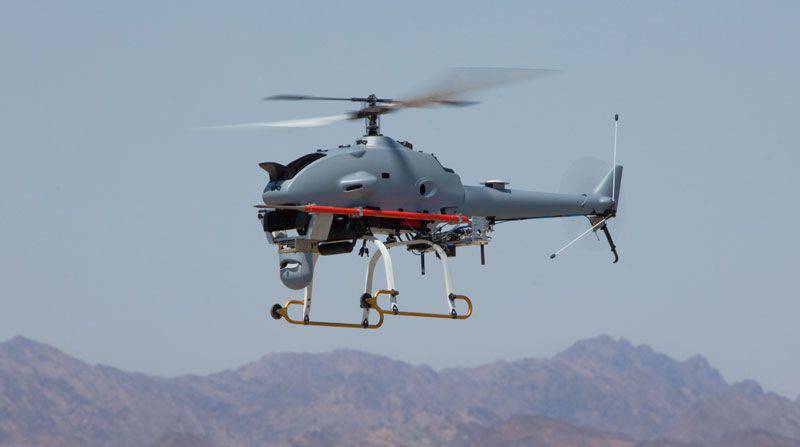
Northrop Grumman's R-Bat is based on the R-Max Yamaha helicopter UAV, which has flown more than two million hours, spraying agricultural crops. Gasoline engine allows the helipad to stay in the air for more than two hours
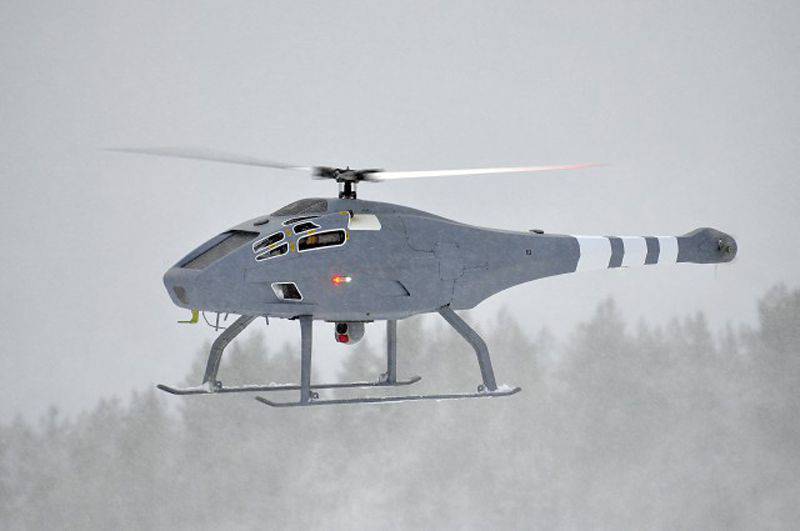
Skeldar weighing 255 kg from the company Saab is mainly intended for marine applications. It has a diesel engine rated at 41 kW, its payload capacity is 40 kg and a flight duration of six hours
Rotorcraft
Small-sized vertical take-off UAVs with their silent operation provided by batteries are well suited for use by advanced units. Known examples include Spyball-B helipods weighing 2 kg and Asio-B weighing 8,5 kg with screws in the ring fairing from Selex-ES, which are currently supplied to infantry and reconnaissance units, respectively.
In the lighter category, the Israeli company IAI offers its rotary screws, 12-kg mini-Panther and 65-kg Panther. These fixed wing systems have an 1,5 and 4 flight duration of an hour, respectively; compare with 40 minutes of Ghost 4,8 kg of the same company, which has a tandem rotor pattern.
Ghost drone with tandem rotors
Airbus D&S offers 12-kg Copter City UAVs and Copter 30 4-kg UAVs with a flight duration of 35 and 120 minutes, respectively. In 2014, it was announced that China was developing a Clean Energy Helicopter based on CAIC's 220 kg U8E.
The R-Bat drone weighing 93 kg from Northrop Grumman is a reconnaissance version of the Yamaha R-Max, one of the lightest in its category. As a product of Yamaha, he flew over two million hours while spraying crops in Australia, Japan and South Korea. The R-Bat helipad has a flight duration of more than 4 hours.
We increase the mass of the devices in question. The leading company in the field of military helipads, without a doubt, is the Austrian Schiebel, which was the first to master the mass production and sale of defense helicopters S-100 in the class from 100 to 200 kg. Such vehicles, also known as Camcopter, have sold over 250 pieces. The success of the Camcopter, and the particularly obvious usefulness of this category of UAVs for offshore applications, encouraged others to join the battle. Schiebel has developed a diesel engine for the Camcopter, which was supposed to make its first flight in 2015. Helicopter S-100 was manufactured under license by the Russian company Horizont. In addition, official demonstrations of its capabilities were carried out on board frigates of various fleets (including French and German), as well as a carrier of radars with an active phased array, for example, Selex Picosar and Thales I-Master (usually installed on Watchkeeper UAVs). This heliport was also seen on Chinese ships. fleet.
Saab may have been the first to follow this route with its Skeldar helipad, but oddly enough, it did not focus on the naval variant, on the ground unit for the Swedish army, which, ultimately, refused it. After many modifications and versions (including the Skeldar M for the fleet), the Skeldar was brought up to the current standard Skeldar V-200. What is a little strange, but Saab sold its first drones Skeldar to Spain, whose company Indra led the development of Pelicano for several years (which, like the first versions of Skeldar, is also based on the Apid project), whose real fate has not yet been determined. Indra is very elusive when it comes to this topic.
The next European manufacturer in chronological order is Cassidian, which is now part of Airbus. Its Tanan helipad was first introduced to the public at the Paris Airshow in 2011 (not in 2013, as they often write). A distinctive feature of the Tanan 300 (as it was ultimately named) is that this is the first helicopter UAV on which a diesel engine was installed from the very beginning. In fact, he made his first flight two weeks before the exhibition in Paris.
The Italian project, presented at the Euronaval 2014 exhibition by Ingeneria dei Sistemi, completes our parade. This company was established as a joint venture with Agusta Westland. The heliport of this project with its own weight of 100 kg and a payload of 50 kg received the designation SD-150. Despite his public presentation at the end of 2014, he made his first flight in 2012, and before the exhibition began, he managed to “check in” more than 150 in the air. This helipad differs from all other devices of this type in that it has a three-bladed screw, not two-bladed. UAV SD-150 is currently undergoing certification because it is intended for civil and defense markets. Not surprisingly, the Italian Marines showed interest in this program (its blades can be folded back to be stored or placed in a hangar), especially since the current 50 HP engine is must be replaced with a diesel engine of the same power.
330-kg Tanzan 300 heliport with a diesel engine is designed to work with a sensor set weighing 50 kg within 180 km radius
The Ingenieria Dei Sitemi helipadron SD-150 Hero was developed in collaboration with Agusta Westland. It is distinguished from analogs by a three-bladed screw, but most striking is its ability to take off from 3000 meters. All flight and navigation systems have a triple reservation.
A few words about Japan. Some of the above projects would have to be very difficult if Japanese helicopter manufacturers were allowed to develop and export military versions of their very successful civilian models. In fact, the cooperation of Northrop Gumman and Yamaha is the first sign in this area, but, of course, not a new strategy in the defense sphere.
We have already said about the relatively new company Ingeneria dei Sistemi; It is worth noting that she is also developing a fixed-wing light reconnaissance UAV under the designation Manta in the 20 kg category. The modular unit has a unique quick-change modular compartment with a propulsion unit, which allows the engine to be changed from electric to petrol and back in flight. The apparatus starts from a catapult and returns with a parachute; several pieces were sold to the Italian army for testing.
Drone manta
Moving incrementally, we arrive at the Russian Helicopters: Ka-135 weighing 300 kg, Ka-175 Kite weighing 600 kg (later 700 kg) and Albatross weighing 3000 kg, which were shown as models in 2010 year. They all had coaxial screws with counter-rotation. Apparently, the Russian Ministry of Defense issued contracts for the development of all three types. The first (Ka-135) was supposed to take off in the 2015 year and the last (armed with the UAV Albatross) in the 2017 year.
Northrop Grumman's MQ-8 Fire Scout, based on Schweizer 333, began its “life” with the needs of the US Navy for 177 such devices. Subsequently, the program on the drone MQ-8B mass 1430 kg was stopped on 30 copies, which were replaced by 40 MQ-8C devices with the best characteristics of the mass 2720 kg, based on the Bell 407 platform.
The MQ-8C can carry the Telephonies ZPN-4 radar, the Brite Star II front-view thermal imaging system from Flir Systems, and the Cobra hyperspectral detector while remaining in the air for 10 hours. Initial operational readiness of this UAV is scheduled for autumn 2016 of the year, but now it is supposed to be used only on coastal frigates. Future orders for the MQ-8C helipad can be obtained from the US Marine Corps and the Australian Navy.
After 33 months of successful operations of K-Max heliport weighing 5443 kg manufactured by Lockheed Martin and Kaman Unmanned in Afghanistan, cargo UAV programs become a priority. The US Army and Marines are currently defining their operational needs, especially as regards greater autonomy in detecting obstacles, avoiding collisions, and choosing a landing pad. There is also an interest in the possibility of transporting goods inside the car in order to evacuate the wounded.
In addition to the K-Max team, there is also Aurora Flight Sciences, working on the H-6U Unmanned Little Bird, and Sikorsky, working on the upgraded UH-60MU with remote control. From the point of view of the US Army, the optionally manned version of a ten-ton Black Black Haw can be quite attractive.
A larger and more functional version of the Fire Scout helipad MQ-8C during tests onboard the Jason Dunham (DDC-109) at the end of 2014 of the year
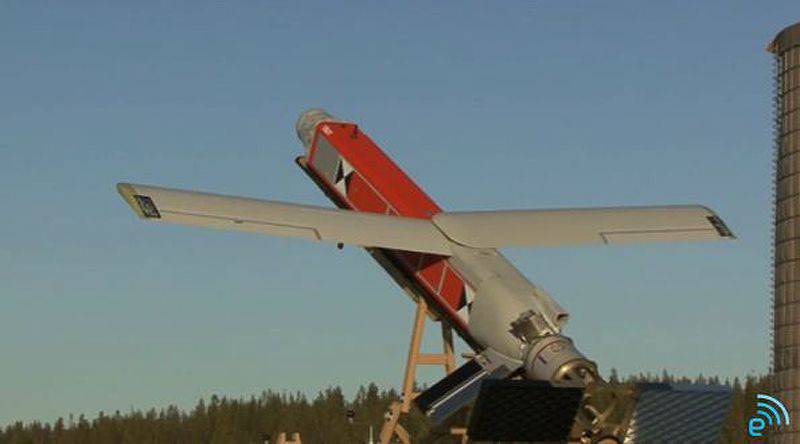
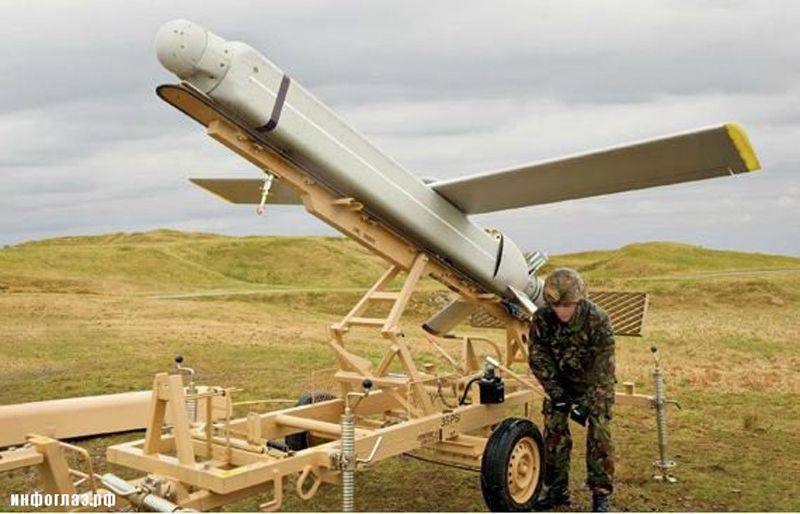
MBDA Fire Shadow barrageer UAV weighs less than 200 kg, but has a flight time of six hours and a range of up to 100 km. Its production began in 2012.
Lethal drones
Armed UAVs have existed for several decades already, among our contemporaries can be called the hacking Harpy and Harop from IAI and Fire Shadow from MBDA and the small-sized Switchblade from AeroVironment. This concept was further developed with the X-47B technology demonstrator 20215 kg mass from Northrop Grumman, which was already taking off and landing on an aircraft carrier. It is also planned to test refueling this unit in the air.
By 2016, the UK and France should decide on the joint work on the stages of the demonstration and production of the future combat system Future Combat Air System. In the figure, the assumed appearance of FCAS
X-47B is methodically making its way through the US Navy Uclass program (Unmanned Carrier-Launched Airborne Surveillance and Strike — an unmanned surveillance and attack system from an aircraft carrier); and reportedly already received the designation RAQ-25. Some conspiracy therapists believe that the Uclass project is becoming less complicated (focusing on observing shock capabilities instead) because the secret program of the US Air Force has already been launched, aimed at meeting the needs of America for strikes in the depths of enemy territory.
Europe decided not to become dependent on the United States for combat drones. Dassault's Neuron drone weighing 7000 kg for the first time took off in December 2012 of the year. France allocated half of the funds for the project, and the second half was divided between Greece, Italy, Spain, Sweden and Switzerland. Neuron is still undergoing advanced flight tests. Following in August, the British project Taranis weighing 2013 kg took off in 8000. In January, the 2014 of the year, at the Franco-British meeting, released the “Declaration on Security and Defense”, in which a statement was made on a joint project on the Future Combat Air System (FCAS). In 2016, the two countries must decide whether they will cooperate in the demonstration and production phases.
Materials used:
www.thalesgroup.com
www.baesystems.com
www.saabgroup.com
www.ga.com
www.iai.co.il
www.elbitsystems.com
www.norinco.com
www.tai.com.tr
www.textronsystems.com
www.avinc.com
www.insitu.com
www.northropgrumman.com
www.zala.aero
www.vega.su
www.uwca.ru
www.wikipedia.org
www.wikipedia.ru
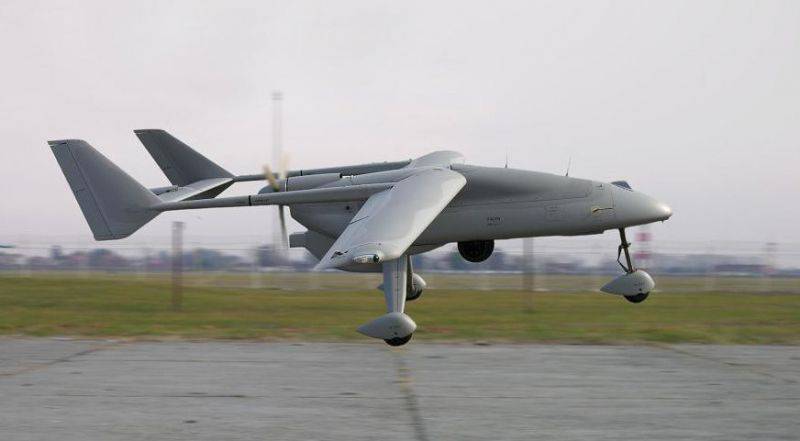
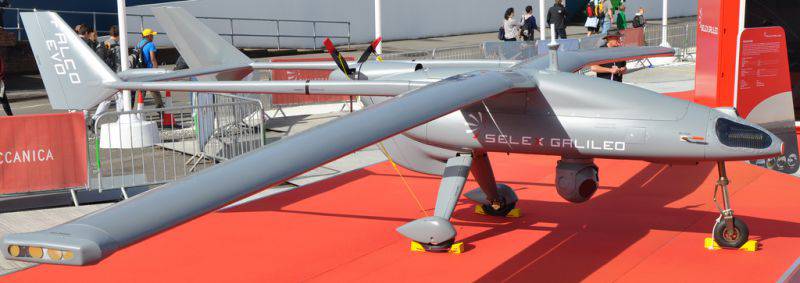
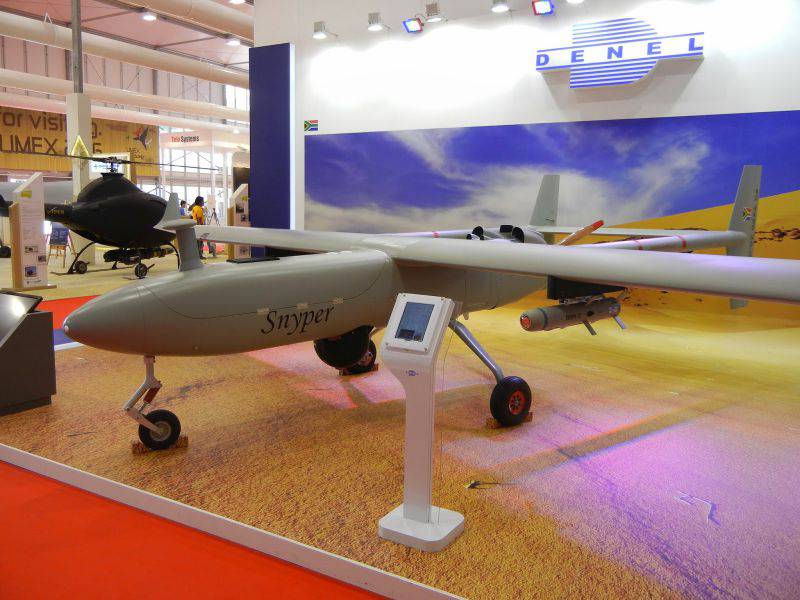
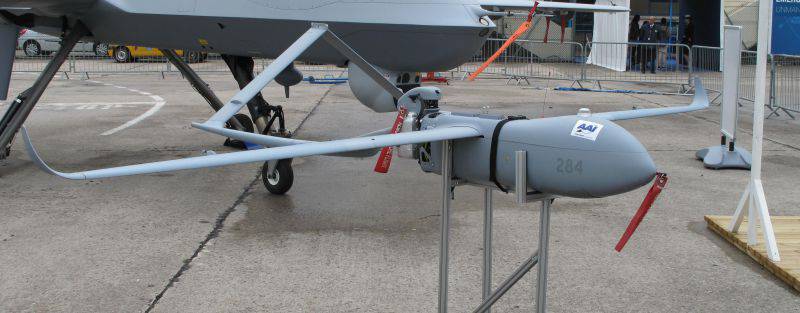
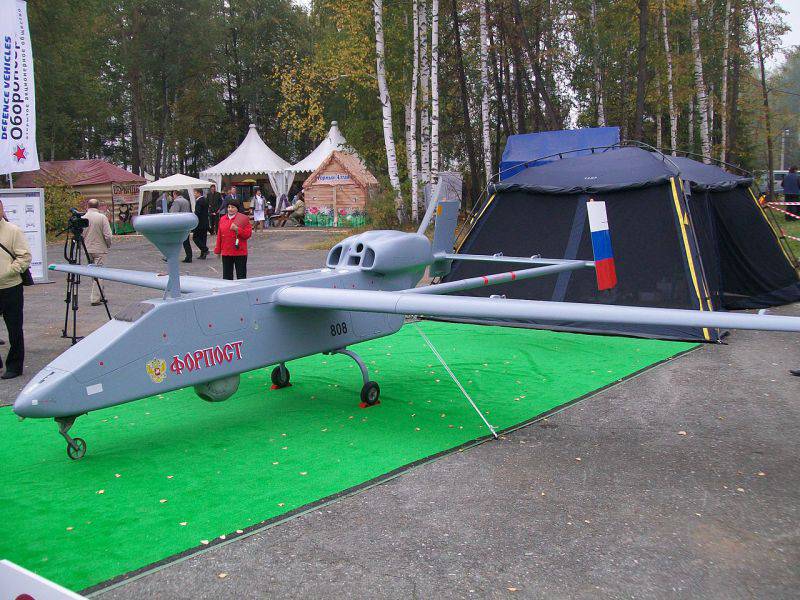
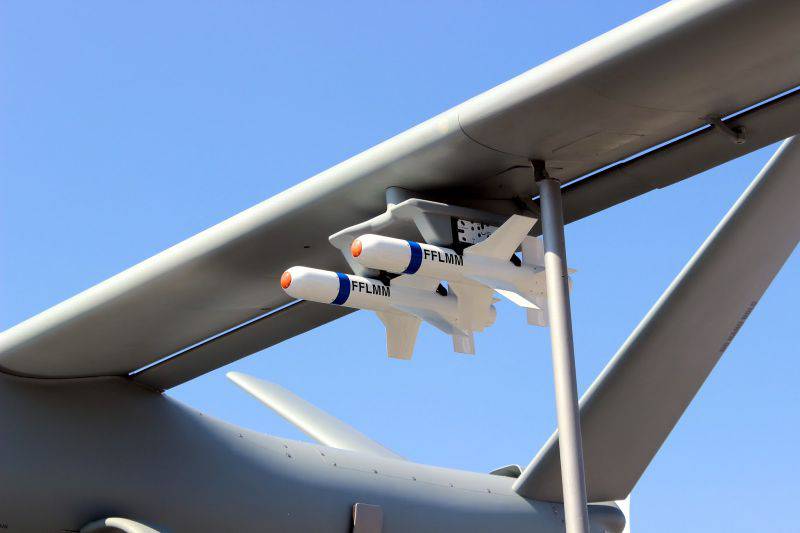
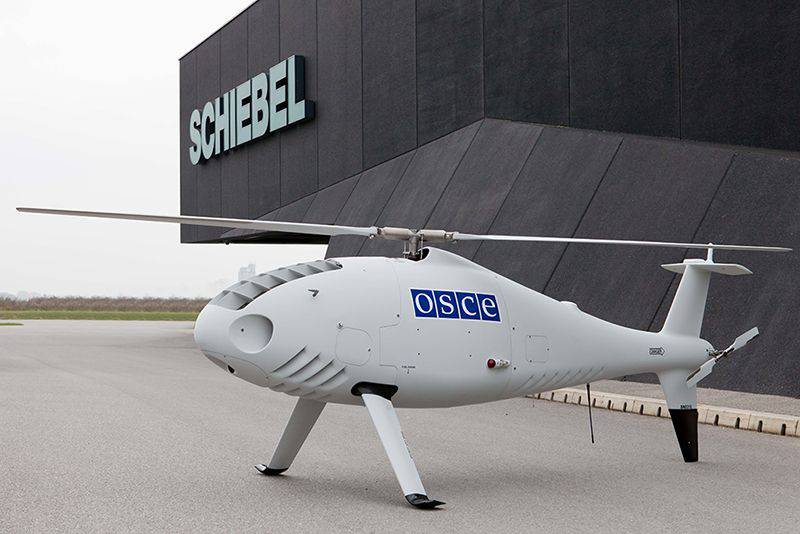
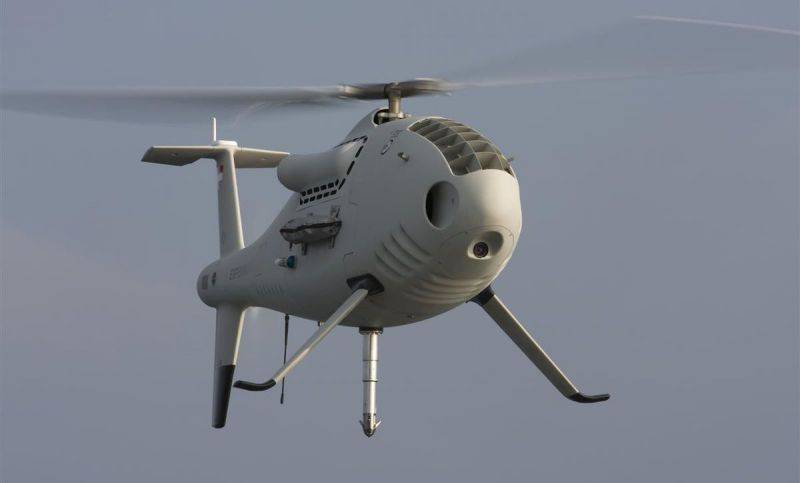
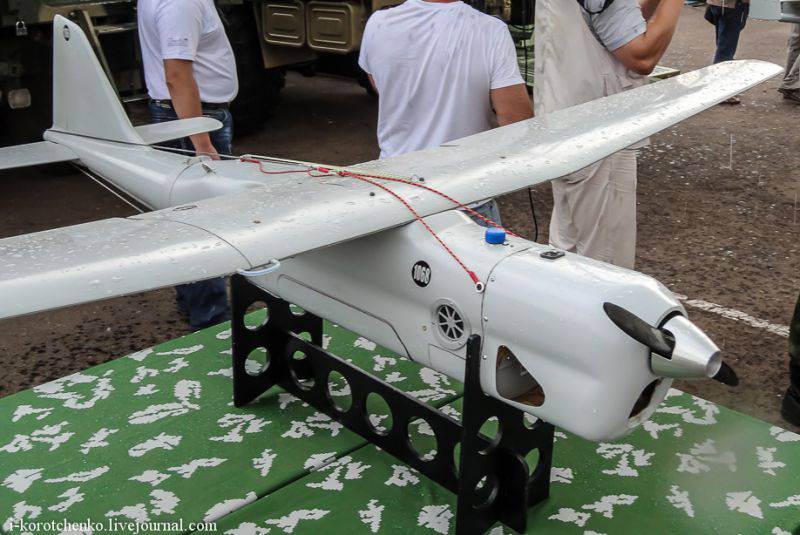
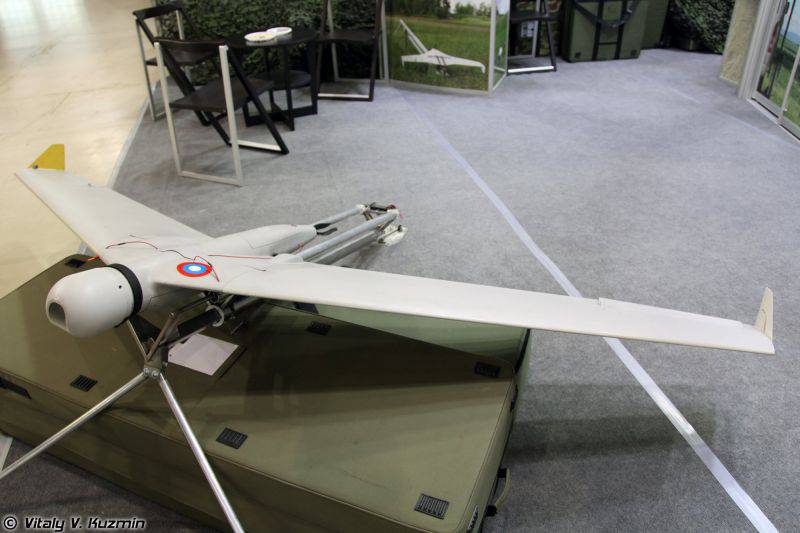
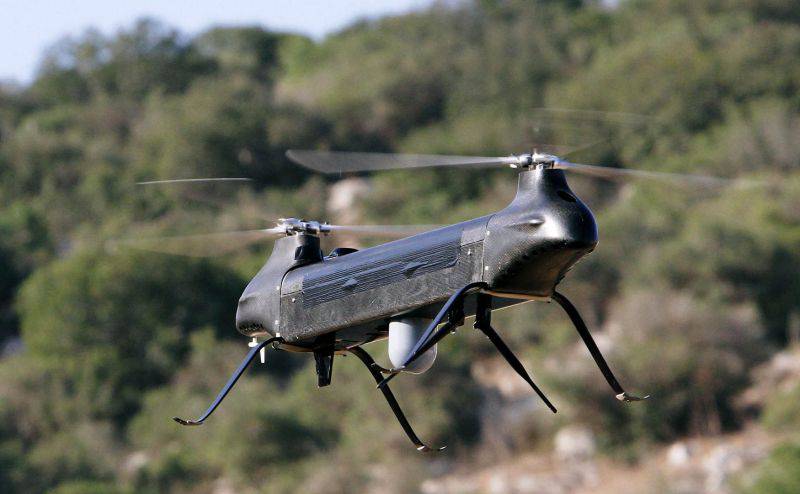
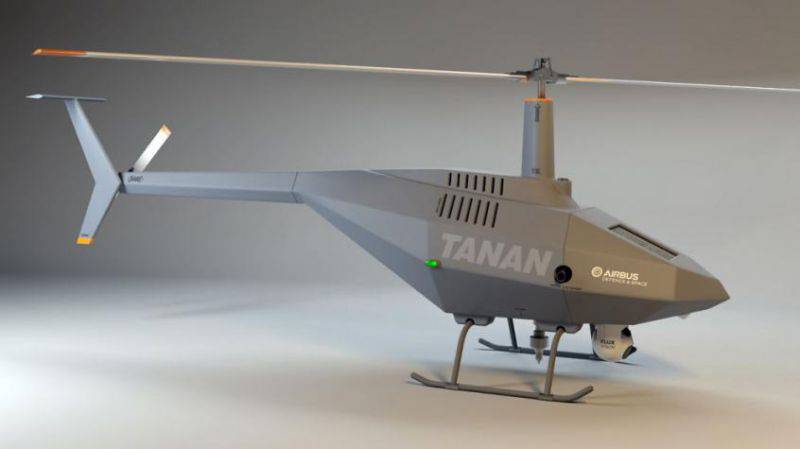
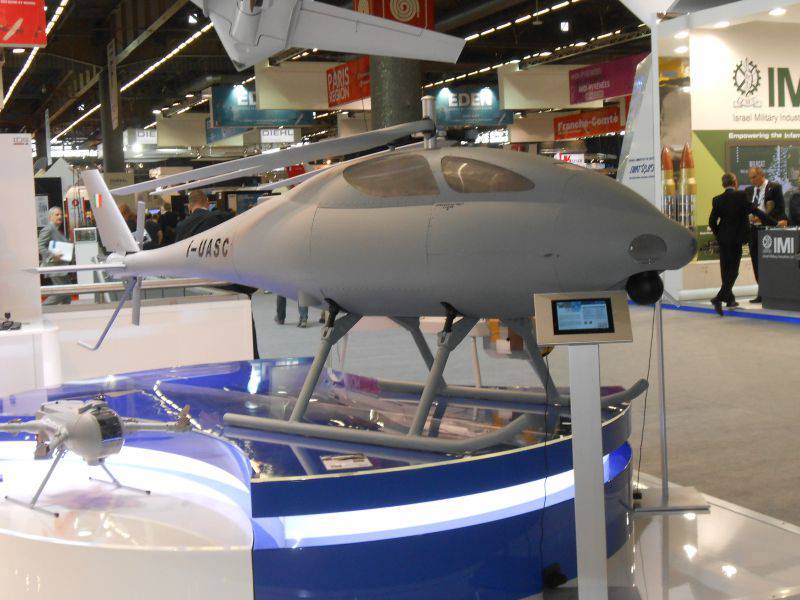
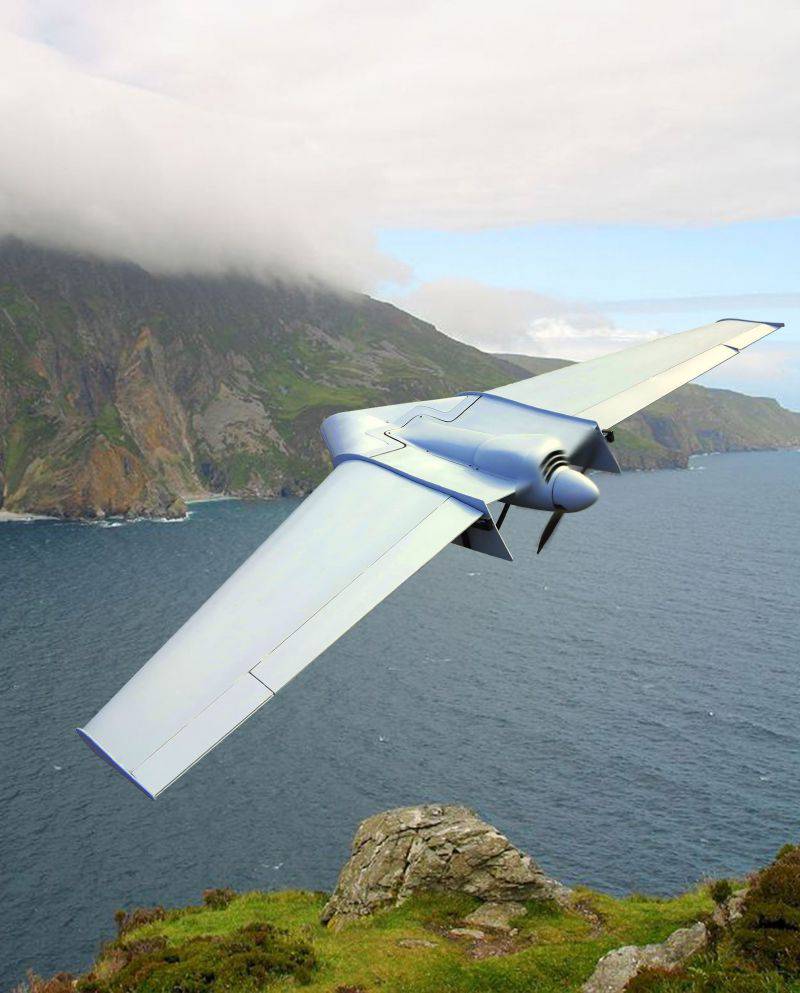
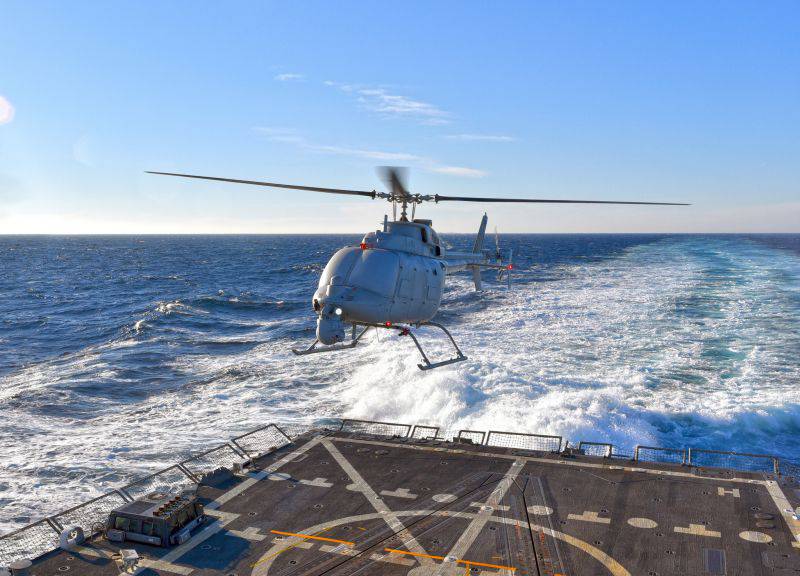
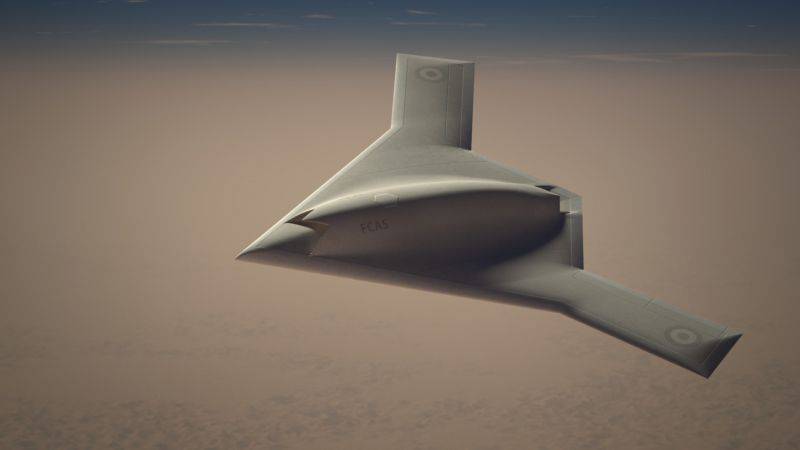
Information